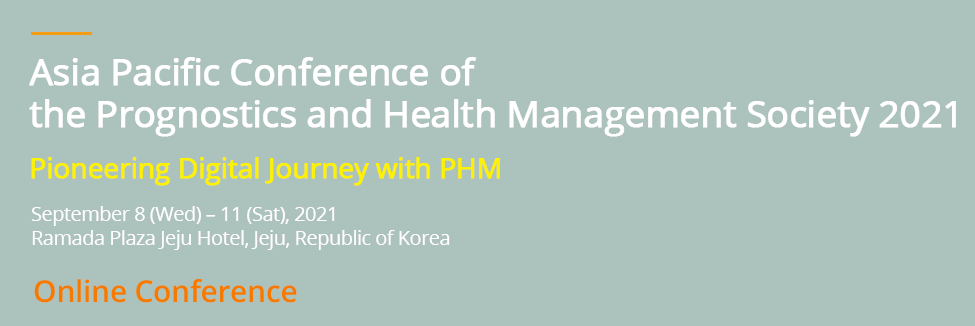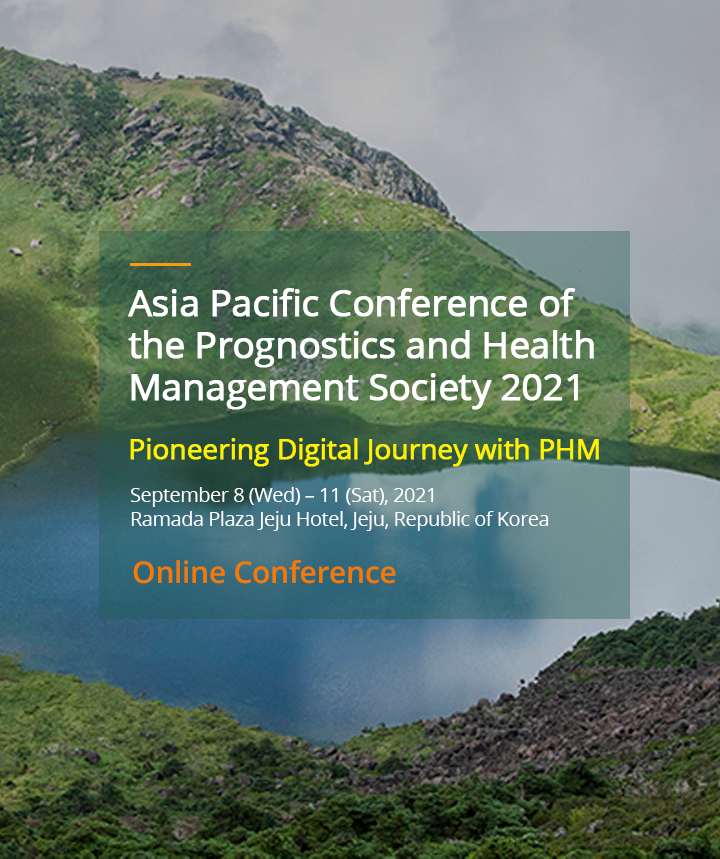 |
Zoom – Ballroom 1
Health Management and Prognosis of Engineering Systems – Precursor to Residual Life Prof. Aditi Chattopadhyay
Biography
Dr. Aditi Chattopadhyay is a Regents’ Professor at Arizona State University (ASU) and Ira A. Fulton Chair Professor of Mechanical and Aerospace Engineering. She is also the Founding Director of the Adaptive Intelligent Materials & Systems (AIMS) Center at ASU (http://aims.asu.edu), one of ASU’s premier centers for research and discovery fostering mutually beneficial partnerships between ASU and research entities from government and industry in areas that have significant impact on future aerospace and mechanical systems, civil infrastructure, and other related fields. Dr. Chattopadhyay received her B. Tech (Hons) in Aerospace Engineering from the Indian Institute of Technology (IIT) Kharagpur, followed by M.S. and Ph. D. degrees in Aerospace Engineering from Georgia Institute of Technology, USA. Her research activities span from fundamental concept development to applied projects with immediate benefits to the industry. Dr. Chattopadhyay’s current research areas include multiscale modeling, multifunctional materials and adaptive structures, systems health management and prognosis, and multiaxial fatigue of heterogeneous systems. She has been the Principal Investigator on numerous grants and collaborated with defense and government laboratories on significant technical transitions. She has published over 210 journal papers and over 380 other publications (conference papers, book chapters, and NASA Technical Memorandums) and five patents. Her research has led to several academic, research, and best paper awards. She received the Georgia Institute of Technology Council of Outstanding Young Engineer Award and the Distinguished Alumnus Award from the Indian Institute of Technology (IIT). She is the recipient of the Faculty Achievement Award – Excellence in Research, Arizona State University. Dr. Chattopadhyay is a Fellow of American Institute of Aeronautics & Astronautics (AIAA) and a Fellow of American Society of Mechanical Engineers (ASME). Our vision of systems health monitoring (SHM) and prognostic health management (PHM) is a cradle to grave approach with the overarching goal of improving the intrinsic safety attributes and residual useful life of current and future platforms, with an emphasis on understanding the precursor to damage. The multidisciplinary approach integrates research on multiscale modeling, multifunctional materials, machine learning, and algorithms that span and integrate the relevant length scales. Estimation of current state is enhanced by applying physics-based models that support tracking the evolution of system flaws in operating environment. Self-sensing and self-healing capabilities are investigated from the perspective of increasing sustainability through early damage sensing and design of novel materials with damage tolerant properties. Hybrid prognosis capabilities are developed using a range of statistical tools for estimation of residual useful life. This talk will provide an overview of the methodologies being developed and present some representative results.
Abstract
Our vision of systems health monitoring (SHM) and prognostic health management (PHM) is a cradle to grave approach with the overarching goal of improving the intrinsic safety attributes and residual useful life of current and future platforms, with an emphasis on understanding the precursor to damage. The multidisciplinary approach integrates research on multiscale modeling, multifunctional materials, machine learning, and algorithms that span and integrate the relevant length scales. Estimation of current state is enhanced by applying physics-based models that support tracking the evolution of system flaws in operating environment. Self-sensing and self-healing capabilities are investigated from the perspective of increasing sustainability through early damage sensing and design of novel materials with damage tolerant properties. Hybrid prognosis capabilities are developed using a range of statistical tools for estimation of residual useful life. This talk will provide an overview of the methodologies being developed and present some representative results. |
 |
Zoom – Ballroom 1
Probabilistic Digital Twins for Prognosis and Decision-Making
Prof. Sankaran Mahadevan
Biography
Professor Sankaran Mahadevan (Vanderbilt University, Nashville, TN, USA) has more than thirty years of research and teaching experience in uncertainty quantification, risk and reliability analysis, machine learning, structural health diagnosis and prognosis, and decision-making under uncertainty. He has applied these methods to a variety of structures, materials and systems in civil, mechanical and aerospace engineering. His research has been extensively funded by NSF, NASA, DOE, DOD, FAA, NIST, as well as GM, Chrysler, GE, Union Pacific, and Mitsubishi, and he has co-authored two textbooks and 300 peer-reviewed journal papers. During the past decade, he has been at the forefront of academic research on digital twin methodologies for aircraft, rotorcraft, ship structures, and additive manufacturing, funded by FAA, U.S. Air Force, U. S. Army, and NIST. At present, he is extending these concepts to air transportation and power grid systems, funded by NASA and U. S. Department of Energy. Professor Mahadevan is currently Managing Editor of ASCE-ASME Journal of Risk and Uncertainty in Engineering Systems, and has served as General Chair of several prominent conferences such as AIAA SDM Conference, AIAA NDA Conference, ASCE Engineering Mechanics and Probabilistic Methods Conferences, and the Annual Conference of the PHM Society. He is a Fellow of AIAA, Engineering Mechanics Institute (ASCE), and PHM Society.
Abstract
The digital twin paradigm integrates information obtained from sensor data, physics models, as well as operational and inspection/maintenance/repair history of a physical system or component of interest. As more and more data becomes available, the resulting updated model becomes increasingly accurate in predicting future behavior of the system, and can potentially be used to support several objectives, such as sustainment, mission planning, and operational maneuvers. This presentation will discuss recent advances in digital twin methodologies to support all three objectives, based on several types of computations: current state diagnosis, model updating, future state prognosis, and decision-making. All these computations are affected by uncertainty regarding system properties, operational parameters, usage and environment, as well as uncertainties in data and the prediction models. Therefore the presentation will address decision-making under uncertainty, and uncertainty quantification in diagnosis and prognosis, considering both aleatory and epistemic uncertainty sources. Scaling up the probabilistic digital twin methodology to support real-time decision-making is a challenge, and several strategies that combine recent advances in sensing, computing, data fusion and machine learning to enable the scale-up will be discussed. Several use cases related to aircraft, rotorcraft, marine vessels, and additive manufacturing will be presented. |
 |
Zoom – Ballroom 1
Two Challenges in Prognostics and Health Management: Systems Perspective and Data Deficiency
Prof. Joo-Ho Choi
Biography
Professor Joo Ho Choi is recognized as one of the leading researchers in the field of Prognostics and Health Management (PHM). Over the recent years, he has made some key PHM publications including the reviews and tutorials of prognostics algorithms. He has over 100 journal and conference publications, including more than 60 international journal papers in the PHM and reliability. He has delivered over 50 invited speeches including a number of keynotes at the international conferences. He has served as a general chair in the first Asia Pacific Conference of the PHM Society (Jeju island in Korea, July 2017), which has been a monumental success in terms of quality and participations. Followed by this, he has established the Korean society for PHM in 2018 and has served as the first president with the mission to promote the PHM in Korea.
Abstract
In the recent years, research and applications of Prognostics and Health Management (PHM) are growing rapidly in many industrial fields due to the advantage of failure prevention with increased availability. While there have been many advances in the PHM, there are still numerous challenges to remain to be solved, among which the two important issues are addressed in this presentation: the PHM for the system and the PHM under the data deficiency. To date in the PHM literature, main efforts have been directed to the component-level problems. In the real field, however, the PHM for the system is more important, which deals with the system health degradation due to the components and is necessary to figure out which component is responsible and when to replace it before the system fails. To address this issue, an ideal framework for the system-level PHM is presented that indicates how to achieve this goal. A DC motor is employed, in which the two components: bearing and permanent magnet are considered as the components responsible for the system performance. Motor current and speeds obtained during the run-to-fail tests are used to evaluate the health state of the components as well as the system and to predict their remaining lives against the failure. Another important issue is the data deficiency, which is often encountered in the real industry where only the normal data or only a few run-to-fail data are available. In order to overcome this challenge, several strategies are presented, which mainly depends on the machine learning techniques such as the anomaly detection by the Generative Adversarial Network (GAN), diagnosis by the Transfer Learning (TL) and prognosis by the Dynamic Time Warping (DTW). Various examples are taken to demonstrate the process and feasibility of the approach which have been studied by the author in the recent years such as the faults of the bearing, train door, and linear motion guides, and degradation of the crack growth, battery capacity and turb fan engine performance. |



























